This cute little building was the fraternity house on the college campus that made me whole. But it’s also where I survived my most terrifying “paranormal” experience. And I’ve had quite a few.
Granville, Ohio, 1966
When I arrived at Denison University, this was the American Commons Club (ACC) house. After that “non-Greek” organization debuted at Denison in 1916-17, a second chapter opened at Michigan’s Adrian College, and from there, the organization spread across the country. It offered fraternal experiences that were blind to race, religion, color, creed or (in my case) a severe lack of socialization. But by the time I appeared at this building’s front door during 1966 fraternity rush, the ACC network had withered back to just Denison’s founding chapter.
I’d already toured the broom closets and bathrooms of the other houses on Fraternity Circle, and understood their disinterest in me. It was also a cold, rainy evening, and my campus map had fallen into a puddle. I couldn’t handle even that challenge… and showed up at ACC’s door in tears. The most important thing I really needed to learn in college was how to live like (and among) normal human beings. Denison seemed an ideal place for that, and ACC was my last appointment of the evening.
The chapter president opened the door, invited me in, brought me downstairs to the fireplaced living room, and settled me in with the other members. We talked for nearly two hours, and at the end, he said:
“We think your grades can help our average… and we KNOW we can help YOU! So we won’t pledge you this semester. But feel free to come over any time, have meals with us, and attend our parties. And if we still like each other at the end of the semester, we’ll pledge you after Christmas.”
But mom was having none of it. Stories of fraternity hazing had filled radio and TV airwaves for months, and when I told her about ACC, she said:
“NO… you are NOT joining a fraternity. PERIOD!”
But when she told dad about it, his reply changed my life.
“Let Him Join”
Context would be helpful here. Dad’s extreme obsessive-compulsiveness about dirt and dust was the main reason I was in such sad shape. By the time I entered college, I’d rarely ridden a bike beyond our driveway, and never driven a car or been in a city bus. I’d never attended school parties or games, participated in extramural activities, set foot on dusty baseball fields, or even really dated. My brother, sisters and I were rarely allowed to leave the house– or play outside– when dad was home. And whenever we returned from school, church or doctors’ appointments, he thoroughly sanitized us before we could go back inside.
He cleaned us still more after meals. The hours-long ritual involved soap, water, alcohol, petroleum-based “mineral spirits,” sticky-tape rolls, a whisk broom, and a vacuum cleaner that sucked dust off our clothes and the bottoms of our feet before we could carefully step across the threshold between the kitchen and living room. (As the eldest child, after dinner on school nights, I’d often reach the living room at midnight or later.) And in houses without air conditioning– whose doors rarely opened and windows stayed always closed– Ohio’s sauna-hot summers made our childhood a searingly surreal experience. That’s only part of the picture, but enough to give you the gist.
But when mom told dad about ACC, he pretty much made up for all that. Saying “Let him join,” he reached into a drawer beside his bed and handed her a tiny box. Inside, was his old pin from when he had belonged to ACC’s Adrian chapter in the 1930s! None of us knew he had even been in a fraternity… let alone ACC. And I’m sure he knew it might do me a world of good.
It did. Learning to live with fifty normal guys who freely tracked dust and dirt into the place at all hours– and where I could come and go as I pleased– was what I needed even more than Denison’s courses.
Exploring Higher Dimensions
That, and mathematics! I majored in math, and in my junior year, proposed a “pioneering,” for-credit, senior-research project. I would develop equations for a Fortran computer program that would “fly” like a space probe through higher-dimensional spaces and send back images of mathematical objects constructed there. My professors said it couldn’t be done, but when I showed them how it would, they gave me an instant “A”… contingent on their “getting that program.”
It also may have been the first-ever implementation of the algorithms that mathematicians still use to visualize higher-dimensional structures. For while Denison’s professors and I were viewing the shapes of black-hole singularities and exploring Einstein’s Space-Time-Continuum within the higher space in which it existed, Byte magazine profiled a different university’s “pioneering computer program” that could only draw pictures of 4-D cubes. For Denison’s happy little band of hyper-dimensional explorers, that was so last year!
A Memorable Blackout
I stayed on campus over senior-year Christmas break to use the program for a personal project. It was a very snowy holiday on Denison’s beautiful hill, and I was literally the only person still on campus. My younger brother Byron had developed a formula for “self-reproducing curves in any number of mathematical dimensions,” and I was using my program to send back pictures of these curves from dimensions up to the 27th.
NOTE: A “self-reproducing curve” is a line any piece of which can slide along– and regenerate— the entire curve while always remaining within it. For example, in a 2-D plane, a circle’s circumference is self-reproducing– any segment of it can slide around the entire circumference while still remaining always part of it. In 3-D space, the curve is a helix that extends to infinity in two directions.
And on Christmas-Eve night, 1969, my IBM 1130 program was entering the 20th dimension when the computer suddenly died and the room went black. The hall outside was dark as well. And when I finally felt my way out of the basement of Fellows Hall, I saw that the entire campus… and all of Granville… was lit only by stars.
And Then IT Came
I literally had to feel my way across campus and into the ACC house. There was still no electricity, so I decided to read Michener’s “Tales of the South Pacific” in my room by candlelight. It was pleasant, and I read until around 1 am, when power still hadn’t returned.
FYI: In the opening photo, my room was the one at the building’s front-right corner. The house perched atop of a steep hill, which plunged down through the woods to intramural fields far below. So while my room’s front window was at ground level, the window on the side around the corner was on the second floor. That’s important.
Flashlight in hand, I went to brush my teeth in the nearby bathroom. But when I headed back toward my room, something that felt like fingertips pressed into my back. I turned around and saw a faint circular glow at the farthest, darkest end of the hall (at the far-left end of the building in the photo). As I watched, the glow grew brighter until it became a blinding white sphere about 2 feet in diameter.
It began floating down the hall toward me, and intensely illuminated the ceiling, walls and floor around it as it advanced. But when it suddenly accelerated, I did NOT wait to see what it would look like when it reached me. I bolted to my room, locked the door, and propped a chair under its knob. (Yes… I know… but what else was one to do!)
In seconds, the light was outside my door and the knob turned. But after a few more seconds, the light blinked out.
I’ll Sleep In
I made a snap decision to not use the communal sleeping porch that ran along the back of the house. Ohio’s 1969 fire laws required that the porch windows remain open even in winter (when we slept under electric blankets… and sometimes woke with snow on our faces). And I didn’t relish sleeping near windows potentially open to whatever I’d just seen.
But no sooner had I decided to stay in my room, when all hell broke loose outside the building. Something started screaming and violently pounding the exterior wall near my front window. The building shook as the pounding crept across the front wall… then the window… around the corner… across the side window… to the back of the building… and then retraced its path. And when the pounding crossed the windows, their curtains flicked inward, as if pushed by air pressure from impacted glass. Whatever was out there made several such passes back and forth before it too suddenly stopped.
But now, look again at the above photo. Note how the attacker would have been at ground level in front of the house, but in the air two stories up when it rounded the corner! And when I ventured outside in the calming light of morning, I found no prints or disturbances– from man or beast– in the snow. Whatever shook the building that night had never touched the ground.
Surrounded by woods, the house was isolated from the other fraternities. And the campus cemetery was across the road. Several weeks after my experience, I happened to be outside when our cook (“Mrs. W”) arrived with groceries. Her kitchen was below the end of the hall where my “light” had first appeared. And she asked if I’d help get her bags inside quicker. That end of the house, she claimed, always “gave her the willies.”
A Pioneering Program
My multi-dimensional program did receive professional recognition of sorts. After I finished plotting Byron’s formula up through 27 dimensions, we noticed a fascinating pattern. The “self-reproducing curves” in even-numbered dimensions were what mathematicians call “closed and bounded” (like circles). But in odd-numbered dimensions, they shot to infinity in multiple directions (like helices). They were completely “unbounded.”
Only mathematicians would care about that, and ours was just a theoretical demonstration… not a proof. But we were still so surprised, that we sent our findings to Martin Gardner, author of Scientific American’s popular “Mathematical Games” section. And he mentioned our “pioneering work” in one of his columns!
But the program also once failed quite spectacularly! After I graduated, one of my professors wanted to “visually explore” a gigantic Group-Theory structure appropriately called “The Monster.” It would require more computing power than Denison’s little IBM 1130 could muster. So we brought my program’s punch-card deck and his enormous stack of data cards to The Ohio State University’s new and more powerful IBM 360 mainframe.
And it refused to run my 1130 version of Fortran. We spent an entire afternoon trying to make things work. And I eventually became so frustrated that I typed “Go to hell” on the 360’s keyboard. The computer beeped and blinked for a few seconds, and then– I kid you not– its teletype terminal printed:
“Have arrived at Hell One…
Proceeding to Hell Two…”
And then… it crashed.
Epilogue
To compete with “Greek” fraternities, in 1970, my class shifted ACC’s charter to Delta Chi. This hard decision was made easier because we could keep ACC’s Open-Door policy and its multi-racial, multi-religious membership. It was unique thinking at the time… only matched by our sister sorority Alpha Chi Omega (whose building was apparently demolished in 2021).
Today, according to Denison’s interactive map, the ACC building is now the “Sunset House” dorm. The views behind it down that hill are probably still spectacular. And I wonder if anyone else has experienced anything spooky there.
For people such as I, it helped that in the fall of 1966, I landed where friendship was valued over mystic rituals, and personal support over hazing. And after what dad did to get me where I needed to be, I think he too– along with Denison, ACC and Delta Chi– deserved a lot of credit for making me whole again. And I was able to forgive him for the childhood I had lost.
–Dave Powell is a Westford, Mass., writer and avid amateur photographer.
Share this post:
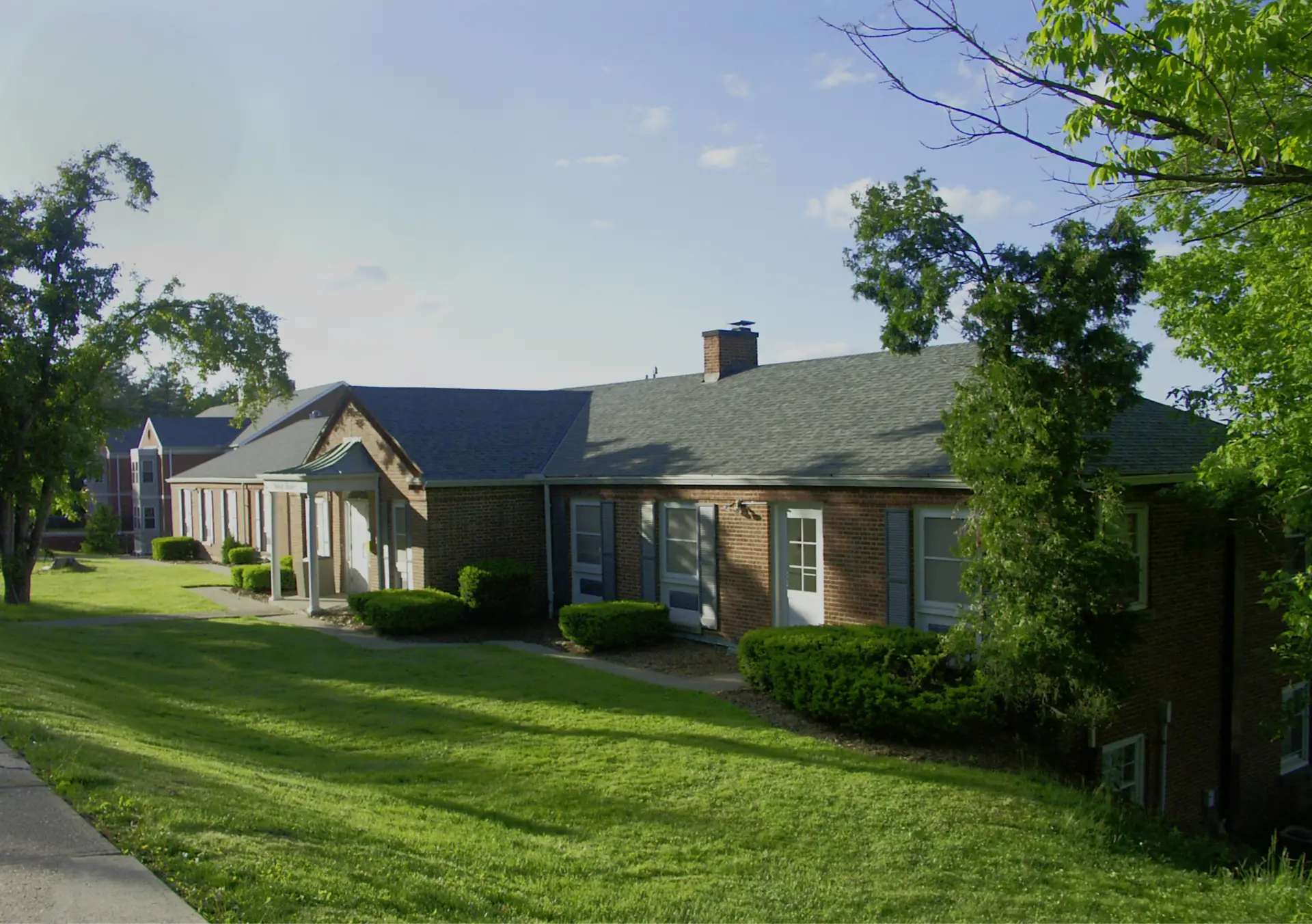
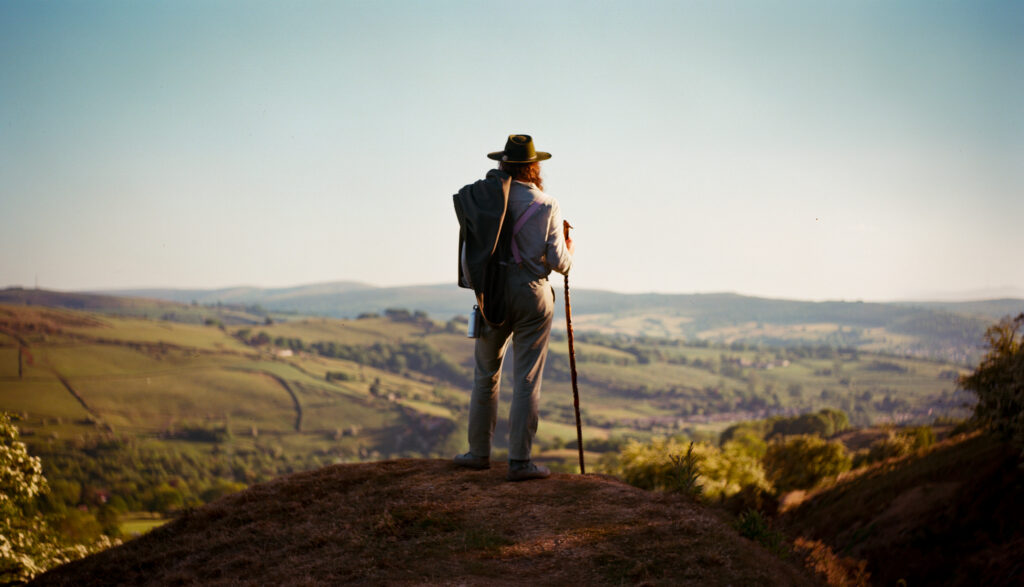
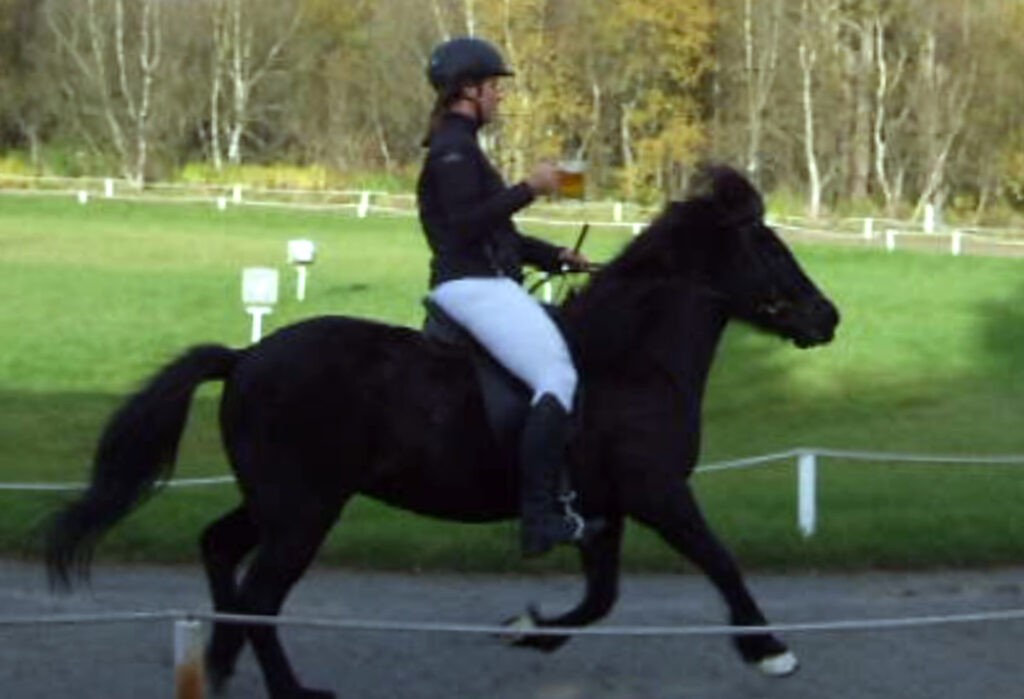
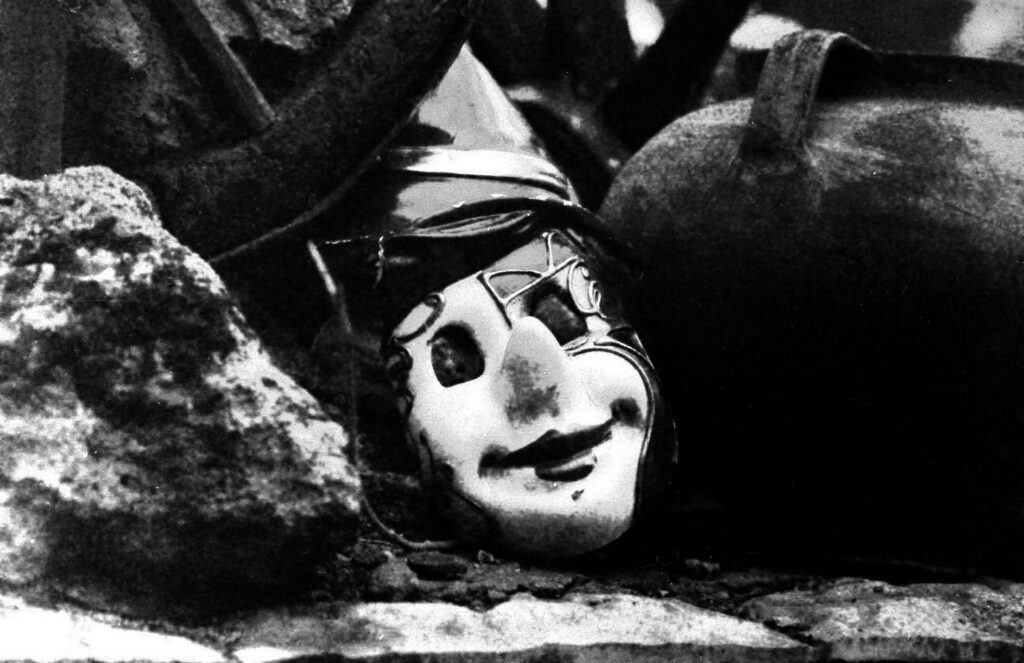
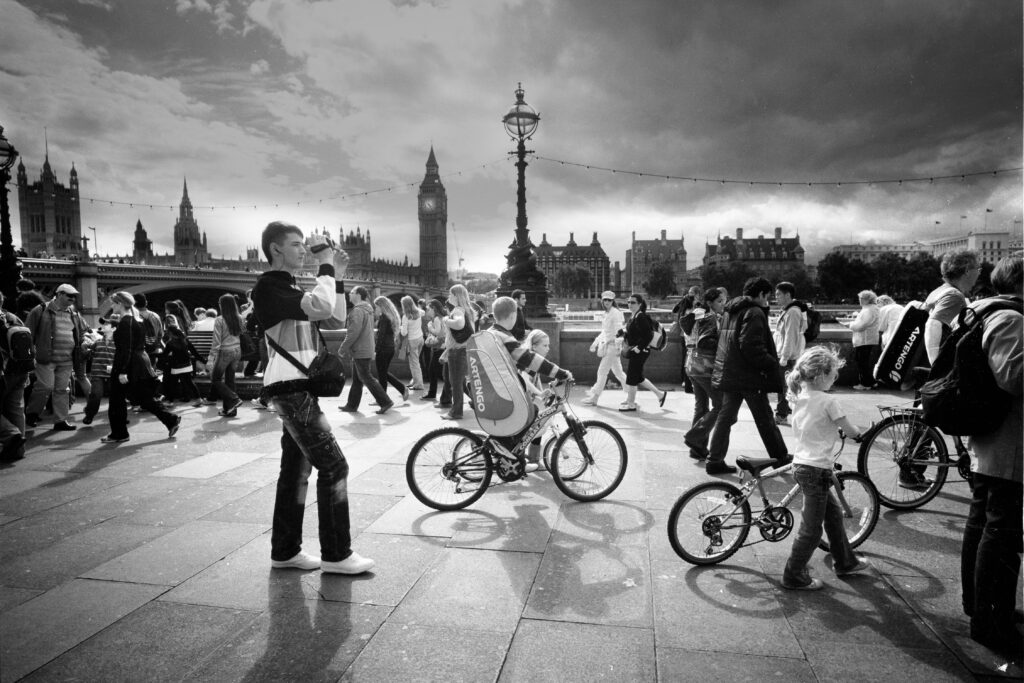




Comments
Mike Brooks on The Haunting on Sunset Hill (a One-Shot Story)
Comment posted: 26/04/2023
Comment posted: 26/04/2023
Murray Kriner on The Haunting on Sunset Hill (a One-Shot Story)
Comment posted: 26/04/2023
Been to graduations of friends at Denison, and probably strolled past your mentioned location on numerous occasions. The Welsh Hills which are adjacent to the University have often been recounted as having spiritual residues from its early days prior to the founding of Granville itself (being the frontier of a growing nation prior to President Jefferson's expansion Westward). If you manage to find a copy, Denison Press published a history of this region in the Mid 20th Century from many accounts given by Denison's founding members.
I've lingered too long here, but thank you for the recollections you've shared, and am gracious for the recounting of that chilling tale you experienced long ago. Warmest Regards, Murray
Comment posted: 26/04/2023
Ibraar Hussain on The Haunting on Sunset Hill (a One-Shot Story)
Comment posted: 22/05/2025
Some dad’s love their kids so much that they don’t realize their protectiveness can sometimes be seen as some sort of tyranny
Your experiences interest me a great deal. I’ve had some and many are
Inexplicable. But then again I do believe that. We may be in the Universe as dogs and cats are in our libraries, seeing the books and hearing the conversation, but having no inkling of the
meaning of it all.
As says William James
Comment posted: 22/05/2025